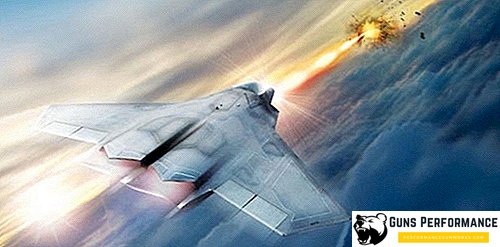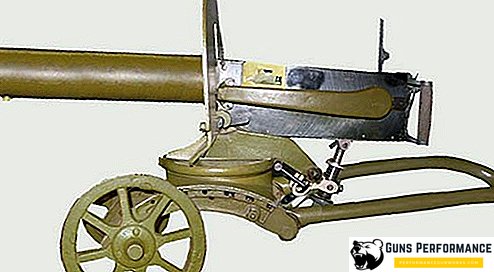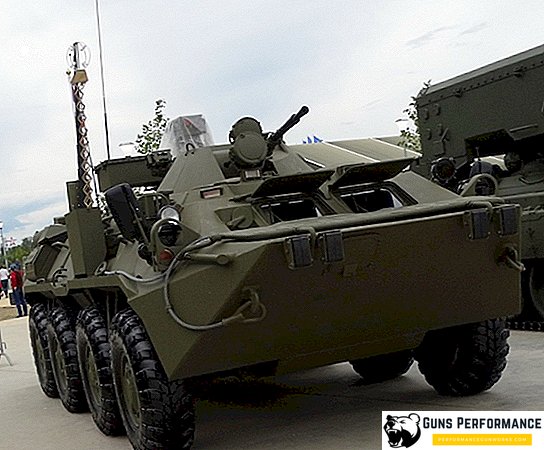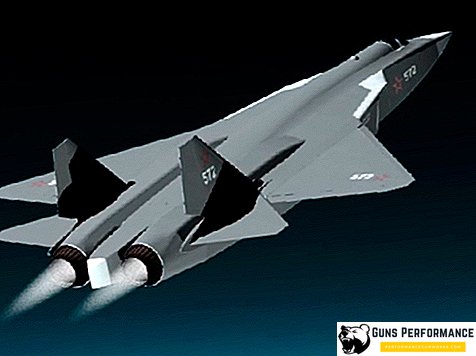In modern military conflicts, the use of unmanned aerial vehicles has repeatedly proven its effectiveness. If earlier drones were actively used for receiving intelligence information, then recently they have become a full-fledged weapon for striking from the air. The seriousness of this threat is evidenced by the organization of attacks by Syrian terrorists using UAVs on the Russian Khmeymim airbase in January 2018. Then the Ministry of Defense of the Russian Federation reported that part of the goals was shot down by the Russian military, and part was taken under control.

The successful repulse of the attack on Khmeymim indicates that the Russian army is ready for these types of hostilities and has the necessary means of protection against drones. According to experts, at the moment effectively suppress the drones allow anti-aircraft gun systems "Shilka" and "Tunguska." Also, in the near future, in the fight against drones, it will be possible to rely on the upgraded Pantsir-SM anti-aircraft missile and cannon system.
In August 2017, it became known about the creation by the designers of the Ministry of Defense of the Russian Federation of an electromagnetic gun “Stupor” intended for the destruction of drones. With the help of a powerful electromagnetic beam, this weapon is capable of shooting down targets at a distance of up to 2 kilometers and in a 20-degree viewing sector, suppressing navigation and transmission channels, as well as illuminating photo and video cameras in the optical-electronic range.
Another novelty of the Russian military designers in the fight against drones was the gun REX 1, presented at the forum "Army-2017" concern "Kalashnikov." It is known that this device can suppress the control channels of drones, as well as jam GPS, GLONASS and Wi-Fi signals and mobile communications. The weight of the gun REX-1 is 4.2 kilograms. Without recharging, this weapon can work up to three hours.
Other countries are also concerned about expanding the range of use of unmanned aerial vehicles for military purposes and are currently actively looking for ways to counter them. In August last year, successful tests of a new type of weapon designed specifically for the destruction of drones were held in the United States at the White Sands range, located in the southern part of New Mexico. The American company Lockheed Martin, a well-known manufacturer of military equipment, reported on five unmanned aerial vehicles, which were shot down by a 30-kilowatt ATHENA (Advanced Test High Energy Asset) class laser device. All aerial targets were hit during the flight phase using a portable ground system causing loss of control and structural failure.

Keoki Jackson, chief technology officer of Lockheed Martin, commenting on the results of the ATHENA installation, then stated that his company is improving the technology on which the laser weapon systems are based, and strive to provide protection against targets of longer range.
In April 2018, Nelson Pedreiro, head of the Center for Advanced Technologies at Lockheed Martin, told reporters that the company was working on the use of laser systems for the destruction of ballistic missiles. "Lasers are being developed for the Missile Defense Agency as a potential anti-missile weapon for destroying enemy ballistic missiles on take-off," said Pedreiro.
It is obvious that the successful development of Lockheed Martin attract the attention of the Pentagon. In 2019, the United States government plans to spend more than 686 billion dollars on military spending, which is significantly more than other countries in the world. Part of this huge amount should get Lockheed Martin to create a microwave gun to combat unmanned aerial vehicles.
The US military has expressed interest in weapons, which will be installed on the aircraft and disable drones located in the affected area. The principle of its operation is also based on the use of a focused beam, which is capable of disrupting the communication and operation of electronic systems of unmanned aerial vehicles.
Also in the US military, they expect Lockheed Martin to be able to develop other types of weapons that can shoot down enemy drones with explosives. However, the basic idea is to disable drones using non-lethal weapons. Also, for the US Army, other methods are being developed to neutralize small-sized unmanned aerial vehicles, including tamed eagles, trained to catch drones.












